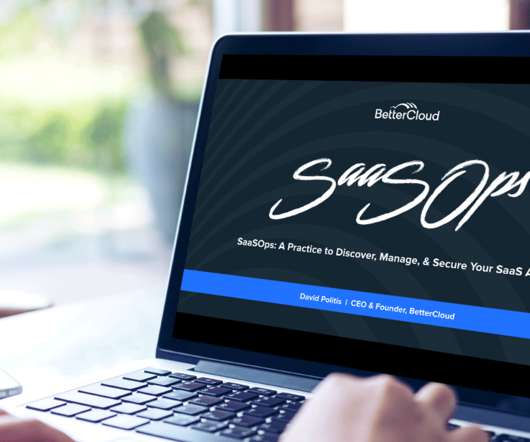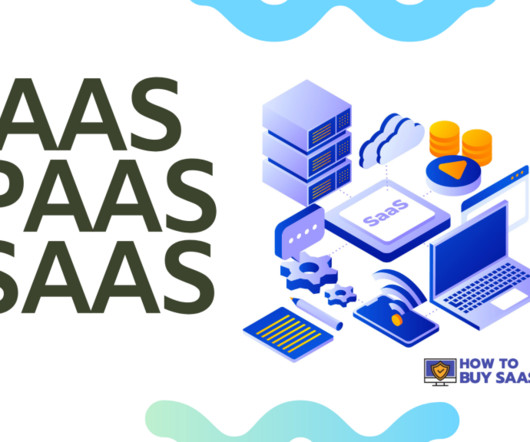Understanding Multi-tenancy, the Keystone of SaaS
CloudGeometry
FEBRUARY 7, 2022
The AWS Well-Architected Framework is one such approach that helps adopt architectural best practices (whether or not you run on AWS) and adapt continuously. This allows shared services such as logging, object storage, user onboarding, etc., to be leveraged across multiple tenants.














Let's personalize your content